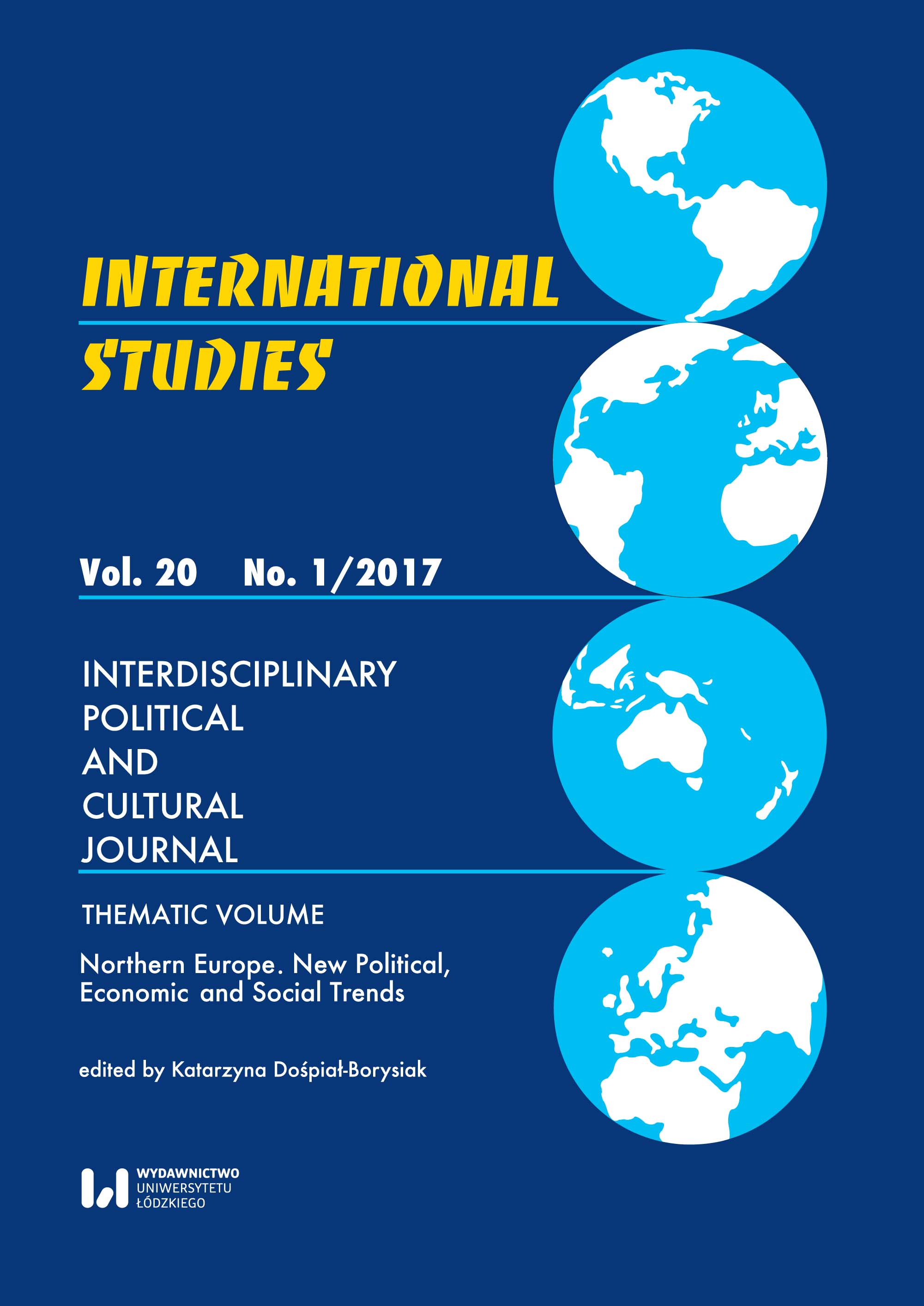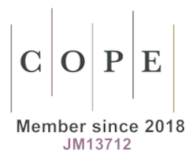Nordic Model of Subregional Co-operation
DOI:
https://doi.org/10.1515/ipcj-2017-0014Keywords:
Nordic countries, sub-regional co-operation, areas of co-operationAbstract
Nordic co-operation is renowned throughout the world and perceived as the collaboration of a group of countries which are similar in their views and activities. The main pillars of the Nordic model of co-operation are the tradition of constitutional principles, activity of public movements and organisations, freedom of speech, equality, solidarity, and respect for the natural environment. In connection with labour and entrepreneurship, these elements are the features of a society which favours efficiency, a sense of security and balance between an individual and a group. Currently, the collaboration is a complex process, including many national, governmental and institutional connections which form the “Nordic family”.
Downloads
References
“A Good Life in a Sustainable Nordic Region. Nordic Strategy for Sustainable Development”. Denmark: Copenhagen. Nordic Council of Ministers, 2013.
Google Scholar
Anioł, W., Szlak Norden. Modernizacja po skandynawsku, Elipsa, Warszawa 2013.
Google Scholar
Bednarczyk, J. and Bukowski, S., and Przybylska-Kapuścińska, W., Polityka wzrostu gospodarczego w Polsce i Unii Europejskiej, CeDeWu, Warszawa 2008.
Google Scholar
Castells, M. and Himanen, P., Społeczeństwo informacyjne i państwo dobrobytu. Wydawnictwo Krytyki Politycznej, Warszawa 2009.
Google Scholar
“Corruption Perceptions Index 2014”. Web. 30 April. http://www.transparency.org/cpi2014
Google Scholar
Daly, M., Welfare. Polity Press, Cambridge 2011.
Google Scholar
Doliwa-Klepacki, Z., Integracja europejska, Temida 2, Białystok 1999.
Google Scholar
Edvardsen, T.S. and Hagtvet, B., (ed.). Nordycki model demokracji i państwa dobrobytu. PWN, Warszawa 1994.
Google Scholar
“Growth, welfare and values. Programme for the Danish Presidency of the Nordic Council of Ministers 2015”. Denmark: Copenhagen. Nordic Council of Ministers, 2014.
Google Scholar
Jałowiecki, B., Europa Bałtycka. Uniwersytet Warszawski. Europejski Instytut Rozwoju Regionalnego i Lokalnego. Studia Regionalne, Warszawa 1992.
Google Scholar
Karkov, R., “Trust creates a welfare state – not vice versa”. Web. 23 April 2015. http://sciencenordic.com/trust-creates-welfare-state-%E2%80%93-not-viceversa
Google Scholar
Marszałek, A., Integracja Europejska. Uniwersytet Łódzki, Łódź 1997.
Google Scholar
Nowiak, J., Współpraca nordycka – wzór dobrej polityki. Wydawnictwo Naukowe Wyższej Szkoły Nauk Humanistycznych i Dziennikarstwa, Poznań 2001.
Google Scholar
Nowiak, W., Nordycki model “welfare state” w realiach XXI wieku. Dylematy wyboru i ewolucja systemu w społeczeństwach dobrobytu – wnioski praktyczne. Wydawnictwo Naukowe Uniwersytetu Adama Mickiewicza, Poznań 2011.
Google Scholar
Nybbak, M., The Nordic Region must overcome challenges through solidarity and closer co-operation. Web. 11 May 2015 http://www.norden.org/en/newsand-events/news/201cthe-nordic-region-must-overcome-challenges-throughsolidarity-and-closer-co-operation201d
Google Scholar
Osiński, J., Modele prawie idealne. “Newsweek”. 8 June 2007. Web. 9 April 2015. http://www.newsweek.pl/model-prawie-idealne,10444,1,1.html
Google Scholar
Piotrowski, B., Tradycje jedności skandynawskiej. Od mitu wikińskiego do idei nordyckiej. Wydawnictwo Naukowe Uniwersytetu Adama Mickiewicza, Poznań 2006.
Google Scholar
Strang, J., Nordic Communities. A vision for the future. Web. 11 May 2015. www.norden.org/en/publications
Google Scholar
“The Global Competitiveness Report 2014–2015”. World Economic Forum 2015. Web. 30 April 2015. http://w w w3.weforum.org/docs/WEF_ GlobalCompetitivenessReport_2014–15.pdf
Google Scholar
“Treaty of co-operation between Denmark, Finland, Iceland, Norway and Sweden (the Helsinki Treaty)”. Web. 1 April 2015 http://www.norden.org/en/publications/publications/2005–713/at_download/publicationfile
Google Scholar
Wendt, F.W., Co-operation In the Nordic Countr ies: Achievements and Obstacles. Published for the Nordic Council by Almqvist & Wiksell International, Stockholm, Sweden 1981.
Google Scholar
Zygierewicz, A., Współpraca państw nordyckich. Kancelaria Sejmu Biuro Studiów i Ekspertyz, Warszawa 2005.
Google Scholar
Downloads
Published
How to Cite
Issue
Section
License
Copyright (c) 2017 International Studies. Interdisciplinary Political and Cultural Journal

This work is licensed under a Creative Commons Attribution-NonCommercial-NoDerivatives 4.0 International License.

















